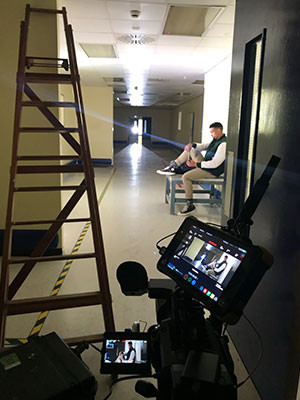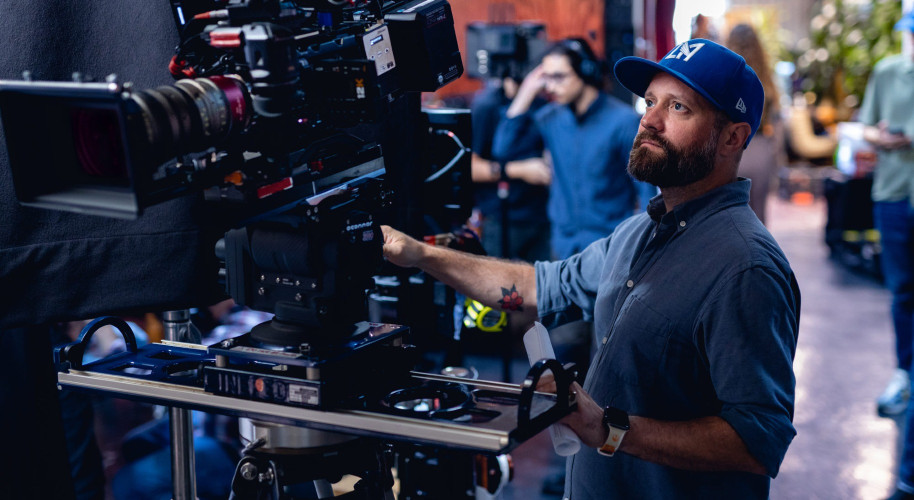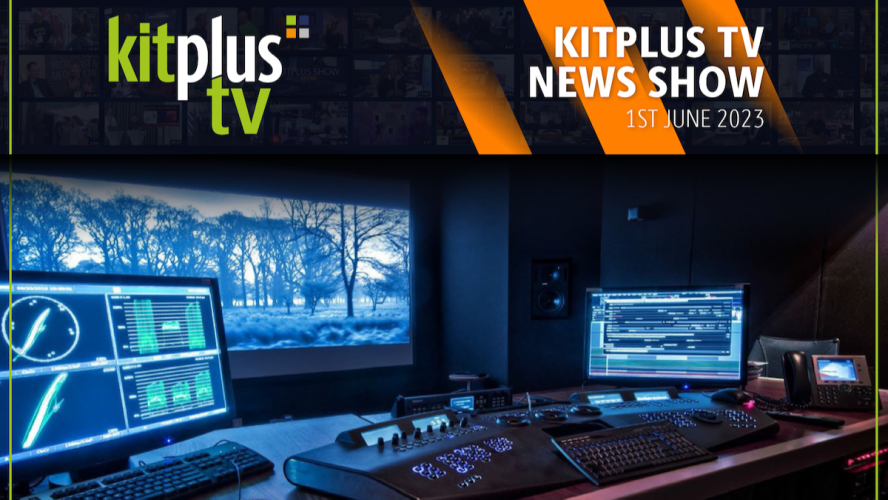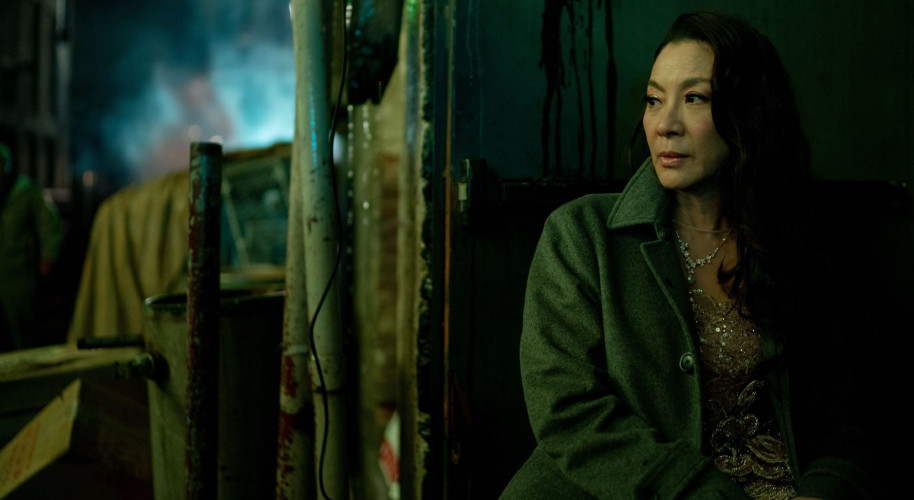Diversity has been a household name in the UK for many years now. Can you tell us about your involvement with them?
After winning Britain’s Got Talent (BGT), the group’s entire existence got turned on its head. One of the first things Diversity’s leader, Ashley Banjo, did was to make a list of all the things he thought made a show great.
The screen during a performance is one of those things. It’s almost like the extra member of Diversity. It creates their world, the backdrop, and helps change the mood. Whoever designed their content had to ‘get’ the group and what they stand for. That’s where CS Media came in.
Last year marked ten years since Diversity won BGT, and the group celebrated with a special anniversary tour. What was the video requirement like for this?
The tour content is always a combination of CG and live-action shot with a green screen. What was very different this time around was that we had a lot of inserts, so the stage content featured more live action than usual. We were following each of the members of Diversity around, especially Ashley - telling the story of when he started 10 years ago to where he is today. It was a bit of a documentary, but it was also very cinematic.
The screen size that Ian, our DP, was working with on stage was also different from previous tours as it was much wider, because of the types of venues. It spurred the decision to shoot in 4K, to scale the image to the pixel size required, which was 3000 by 2200.
When we first got the pixel size requirements through, we came to the conclusion that we were going to try URSA Mini Pro G2 cameras combined with a set of Atlas anamorphics. Shooting anamorphic meant we could fit the large screen size, whilst also providing us with a fantastic image, with plenty of latitude.
How did you approach the project in terms of kit, were there any challenges along the way?
The biggest challenge that we always have is time. Ashley works to a very tight deadline, so we have to provide our service quite quickly. From the first day of our two-day shoot, to the first date of the tour, we only had a two week turnaround!
To achieve this, we relied on a pair of the URSA Mini Pro G2, then we had a Pocket Cinema Camera 6K, which goes out with us as a B-cam, to do any extra pick up shots. It’s handy as you can put it on a slider or a Ronin gimbal, and it works very quickly. The final shots stand up perfectly when cut next to the G2; it’s amazing colour science for the money spent.
We created our own LUT for cameras and monitors to inform a cinematic look on set, and throughout the shoot, our acquisition format was Blackmagic RAW at 5:1 constant bitrate. It provided the best relationship between file size and quality, enabling a quick turnaround.
Historically we have been working in Premiere Pro, but since Blackmagic came out with BRAW, we have all switched to DaVinci Resolve as an editing tool. We already used Resolve for colour, but the opportunity to have the grade and edit all in one place really changed things for us. We could transform the files quite quickly.
Using BRAW is genuinely what helped us complete the work to that quality in time. And remember, it’s not just the inserts that we were doing. It was all the screen content that they interact with. The output file was ProRes 422 HQ, just because of the playback of the tour.
Could you tell me about any challenges or difficulties in putting together the final cut?
Making sure everything is exact. Diversity rehearses to a music track, so when you’re following them capturing footage, everything is extremely precise. That means that when you edit, you need to keep in mind that anything they do on screen has to match up to their choreography. Resolve’s multicam editing capabilities were a lifesaver.
I think another challenge was in the move to Resolve, converting editors who have always used Premiere to a new attitude. It involved going outside of their comfort zone. But the feedback so far shows it has been well worth it, and it’s far easier to switch than they first thought. You can map your keyboard shortcuts in Resolve quite easily to match Premiere, for example, and match your editing keyboard so the learning curve isn’t as steep as you’d think. It’s really nothing to be afraid of.
Did you have a favourite sequence or scene?
I love the opening sequence that we did - it absolutely hit the nail on the head in terms of showing where the dancers have come from. It featured a lot of never seen before footage. The best thing about it is, with the combination of the anamorphic lenses, we got these lens flares in some shots too that gave a nice touch to our look. Some of the Diversity members and their families made some really lovely videos for us that we edited in, which was lovely and just works.
What advice do you have for anyone thinking of moving to Resolve for editing?
Try Blackmagic RAW out, especially if you’re using some of their cameras because the dynamic range is just fantastic. My advice is to give it a try and see how easy your editing workflow can become. Even little things, like transferring files over at the end of the day, is so quick, so easy. In a time pressured environment where everything is needed yesterday, you need the tools you do use to work as efficiently as possible. The less time spent on process means more time for creativity.






































